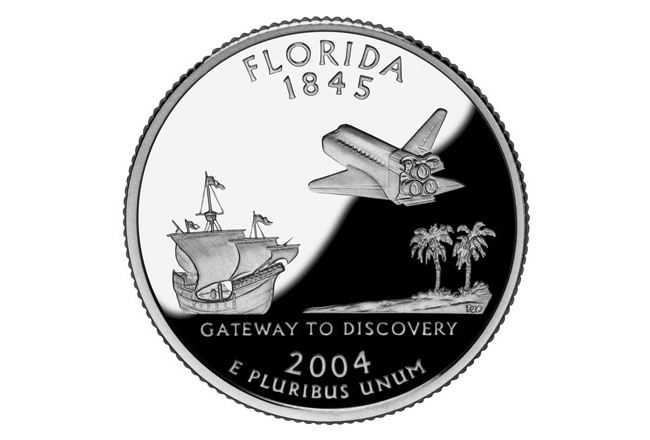
Economic forecasters Friday gave state lawmakers $435.4 million more to work with in the budget year that begins in July 2014, predicting that a slow but steady economic recovery will continue to increase tax revenues.
The increased projections included an additional $177.8 million for the current fiscal year, which runs until June 30. Because the current year’s budget is already set, that money would carry over until next year. The economists also added $257.6 million of extra revenue to next year’s forecast.
In all, lawmakers would have $29.3 billion in general revenue to spend if they were to start working on crafting a spending plan immediately, about $2 billion more than in the current year.
While general revenue makes up less than half of the state’s budget, lawmakers generally have a much freer hand with how they distribute it than other funding.
But lawmakers aren’t scheduled to take up the budget again until next spring’s legislative session, and other revenue forecasts are expected in the interim, meaning it will likely take awhile before the full budget picture is known. And in any case, a projected surplus or shortfall taking into account high-priority spending on items like education and health care isn’t expected to be released until next month.
The economic conference held Friday was the latest in a string of similar meetings that have predicted improvement in tax collections as the state continues to emerge from the economic recession. But that recovery has also not measured up to the explosive periods of state growth that often preceded the downturn, making the changes in the predictions less dramatic regardless of which way the numbers are going.
“Finally, we’ve entered a period where everything is still gradual compared to past recoveries, but it is clearly on a steady upward path,” said Amy Baker, coordinator for the Legislature’s Office of Economic and Demographic Research. “And so we’re able to see that and predict that much better. The big financial shocks that we’ve been having aren’t there in this most recent data.”
Outside factors are likely to push Friday’s numbers in one direction or another. Automatic cuts to federal spending are expected to continue to add a slight drag to the economy unless President Barack Obama and congressional Republicans reach a deal to replace those cuts.
At the same time, the Affordable Care Act, commonly known as “Obamacare,” could add to the estimate by increasing income from the state’s insurance premium tax — as more people get health insurance, and premiums for some other Floridians potentially rise — and from other medical fees.
In statements issued after the final numbers were agreed to, the budget chiefs for the state House and Senate emphasized how cautious they were in their optimism.
“An increase in the general revenue projection gives us reason to be hopeful we can avoid drastic cuts in the coming budget year; however, as our economy grows, we must avoid adding costs that will quickly consume any modest increase in revenues,” said Senate Appropriations Chairman Joe Negron, R-Stuart.
Meanwhile, House Appropriations Chairman Seth McKeel, R-Lakeland, was already signaling where he would like to see at least some of the money go.
“With the news of these positive estimates, we are hopeful that we will have the opportunity to provide a significant tax break for Florida businesses to continue to improve the job-creation climate in our state and benefit Florida families,” he said.
–Brandon Larrabee, news Service of Florida




























Leave a Reply